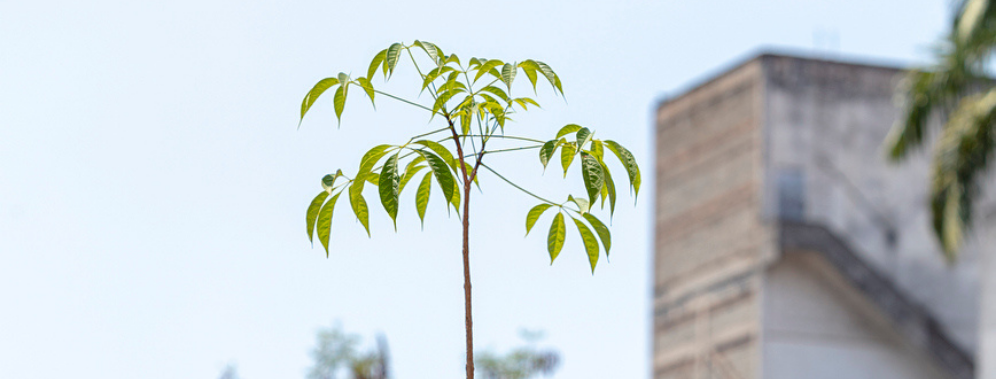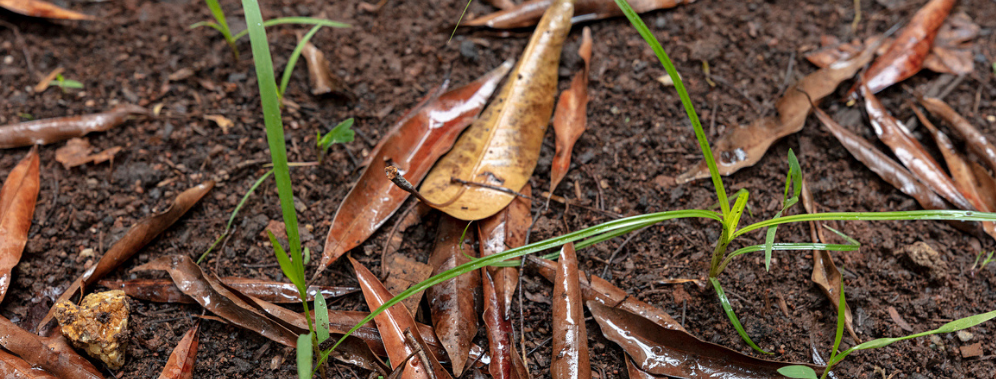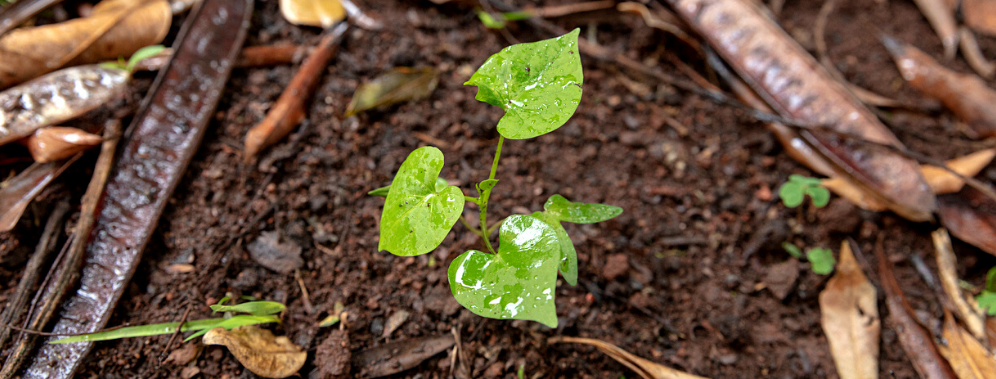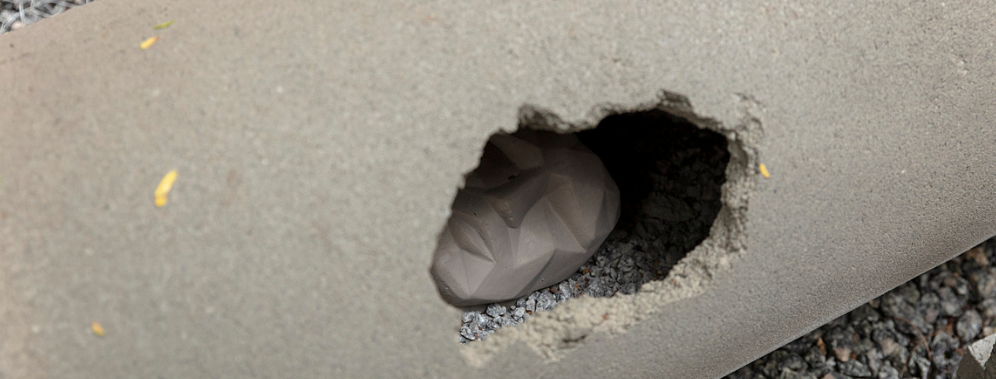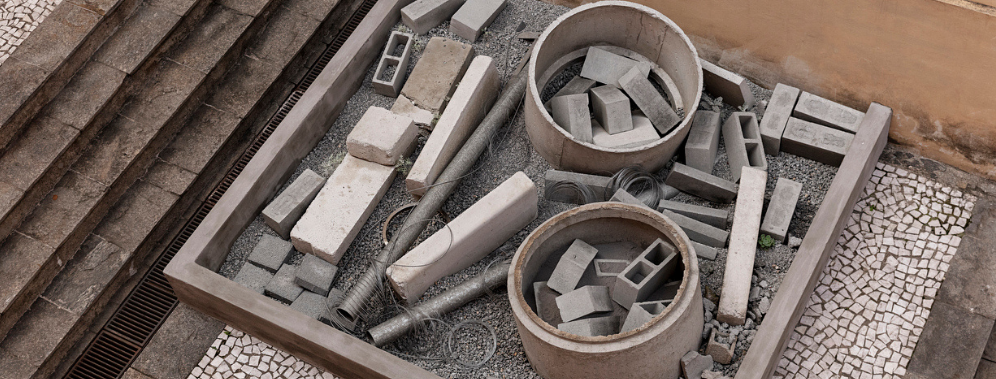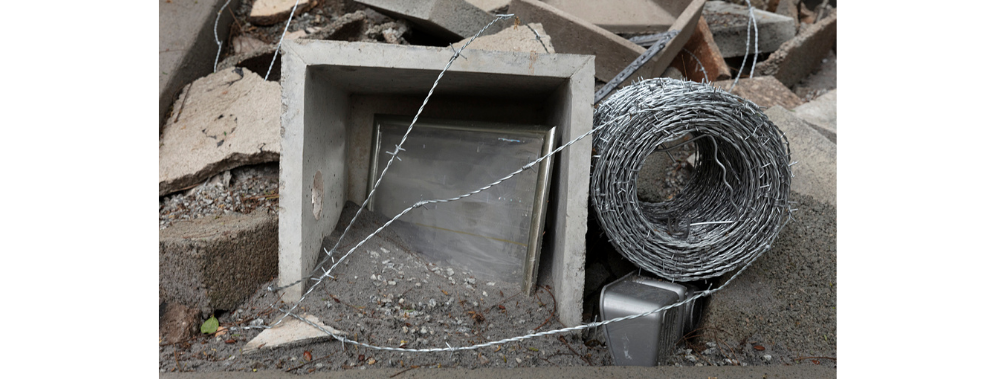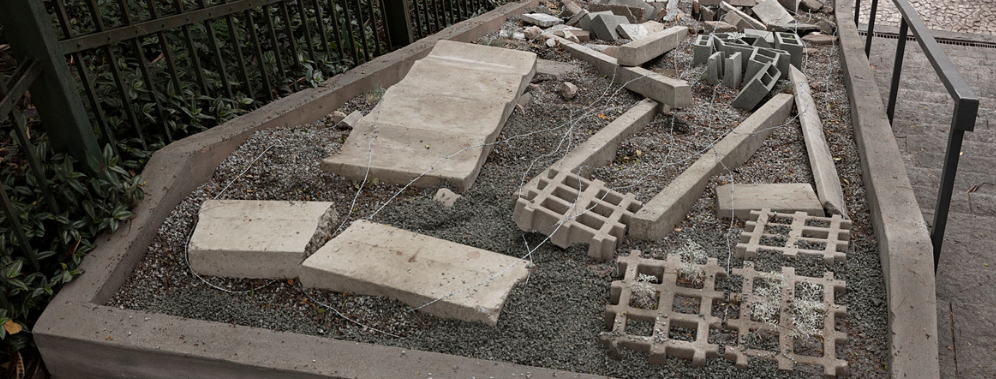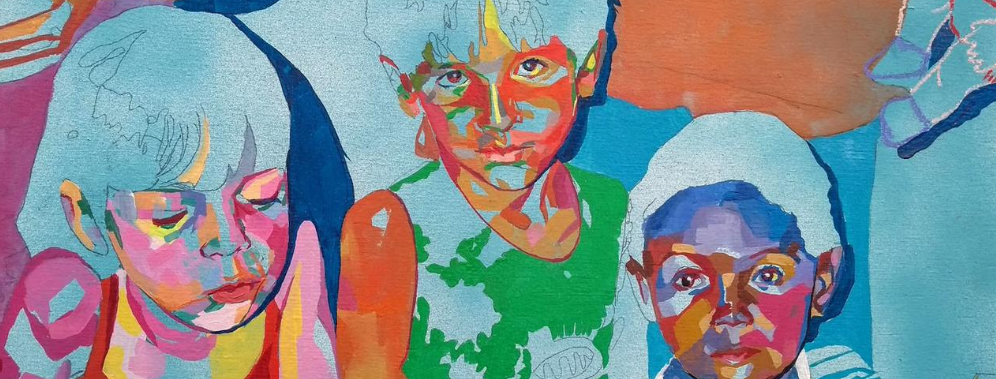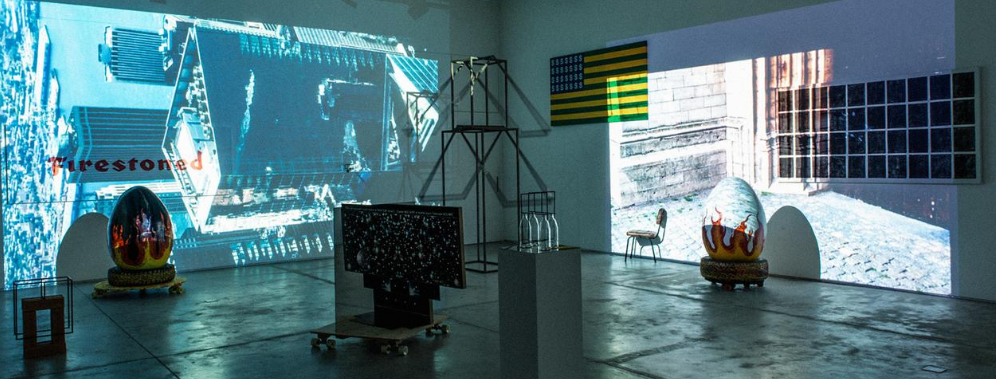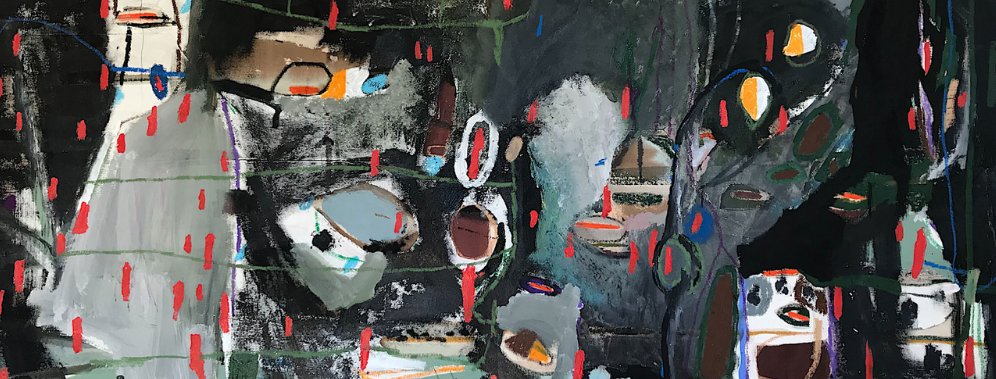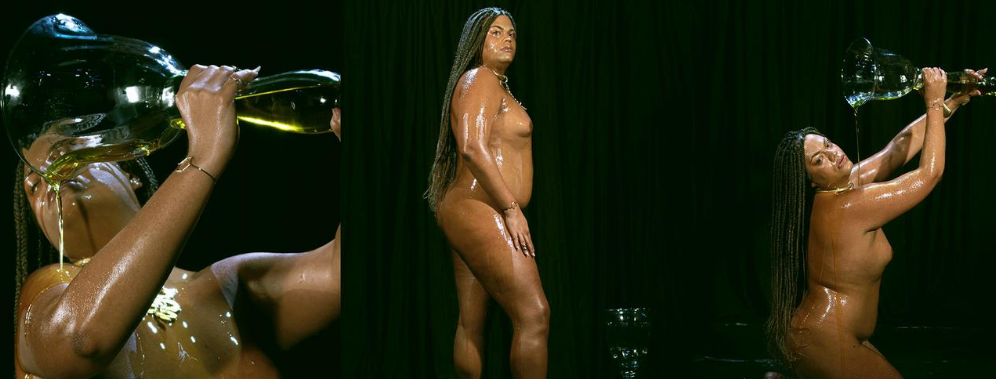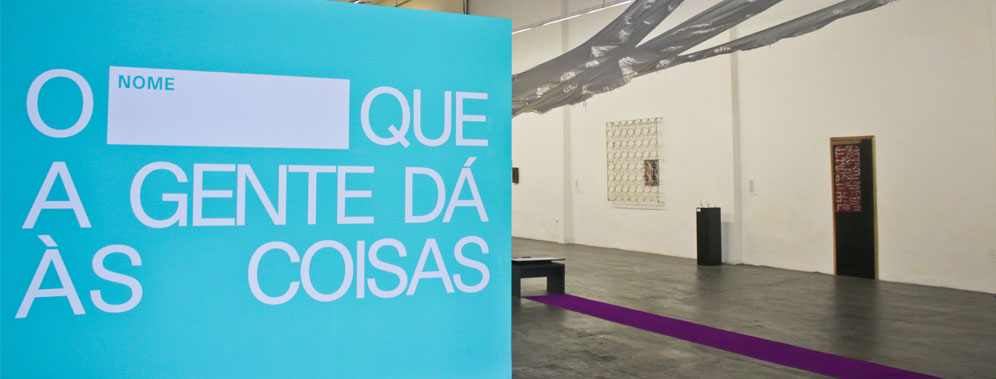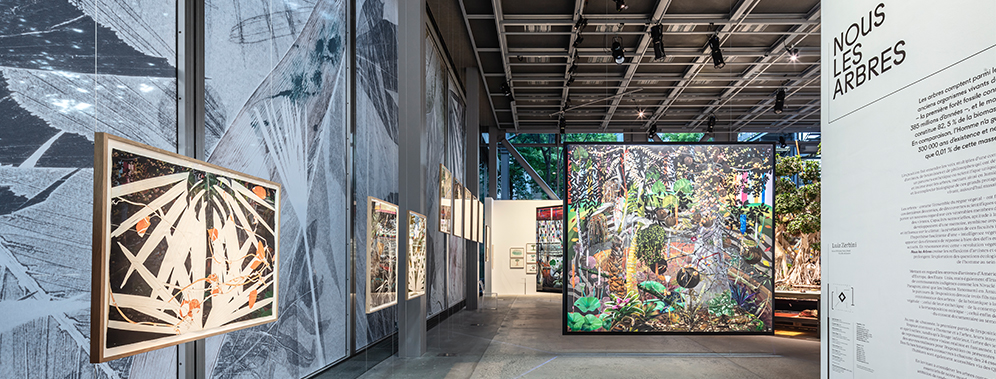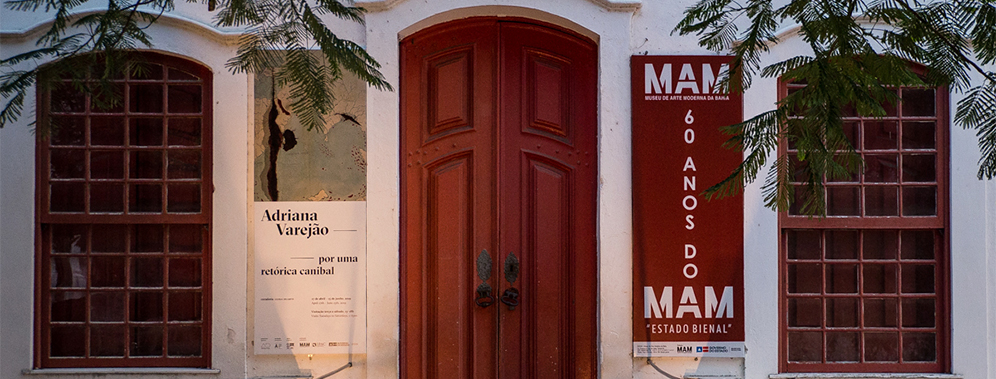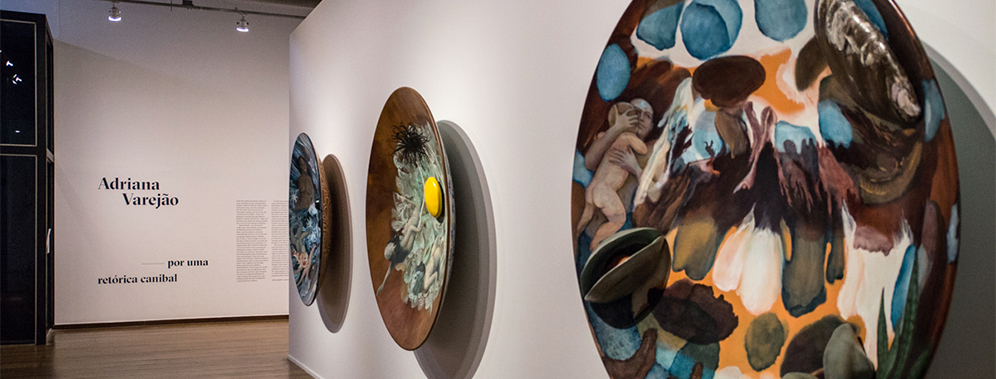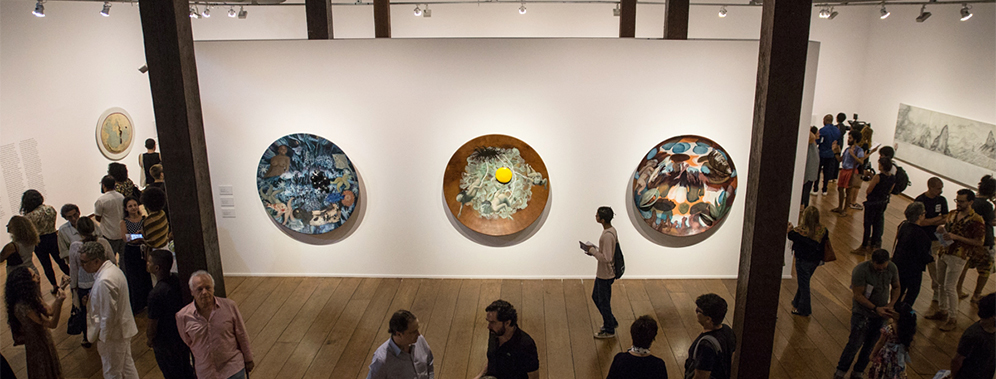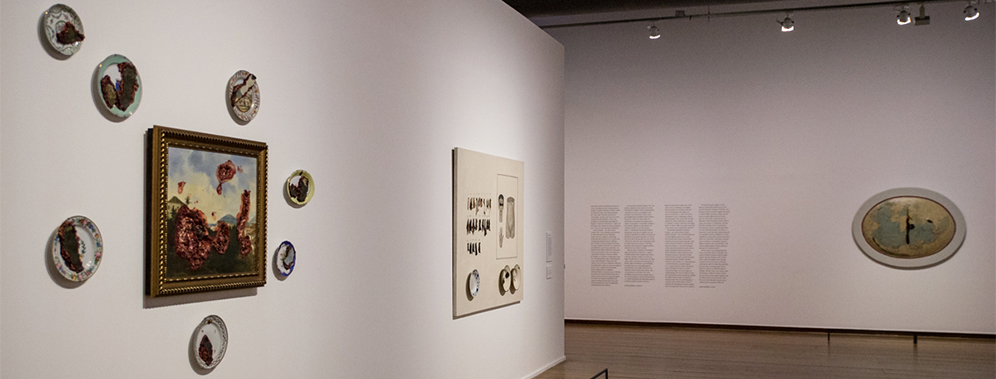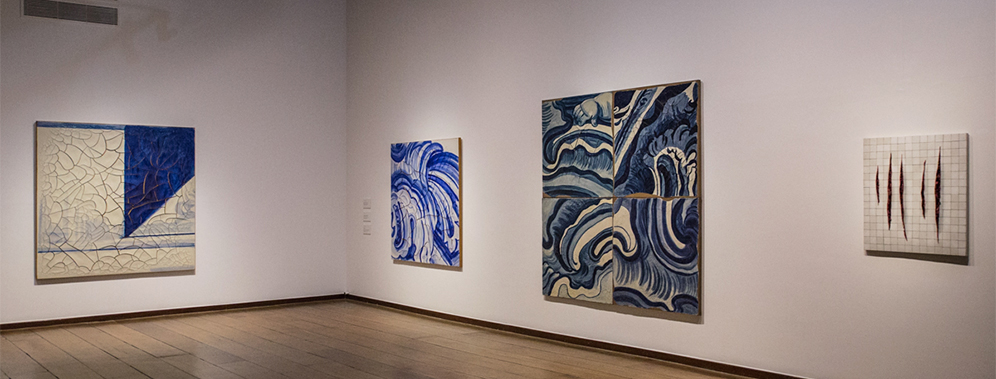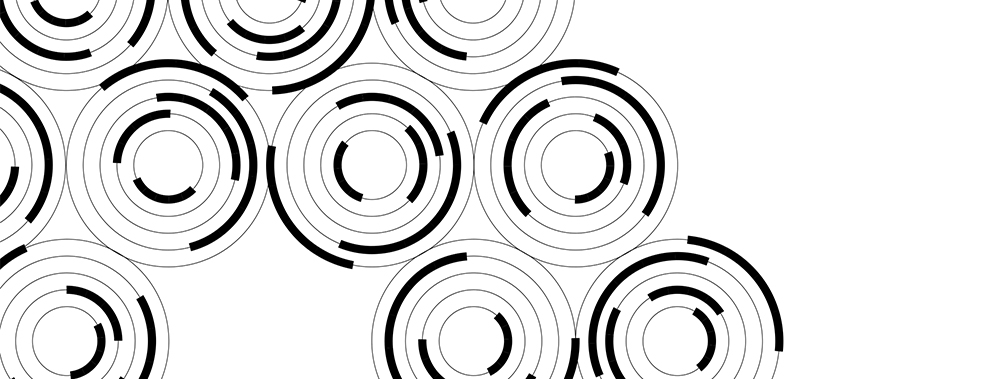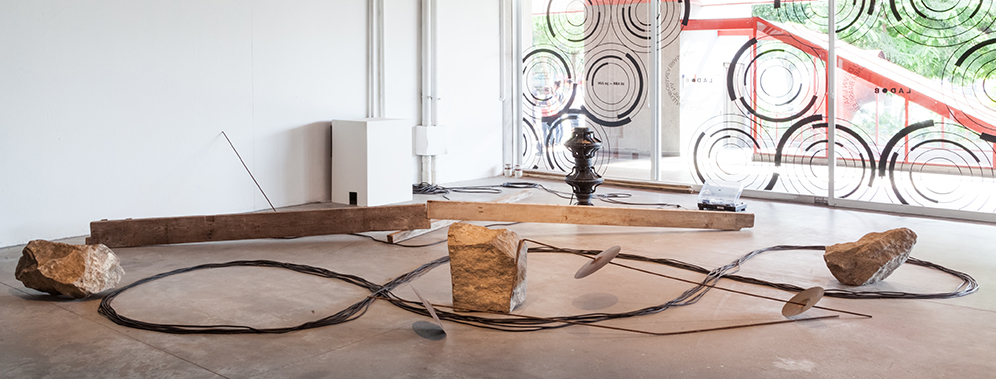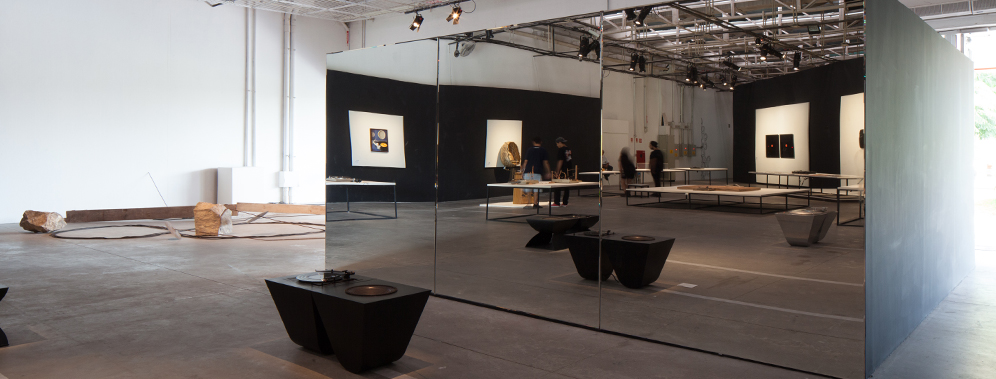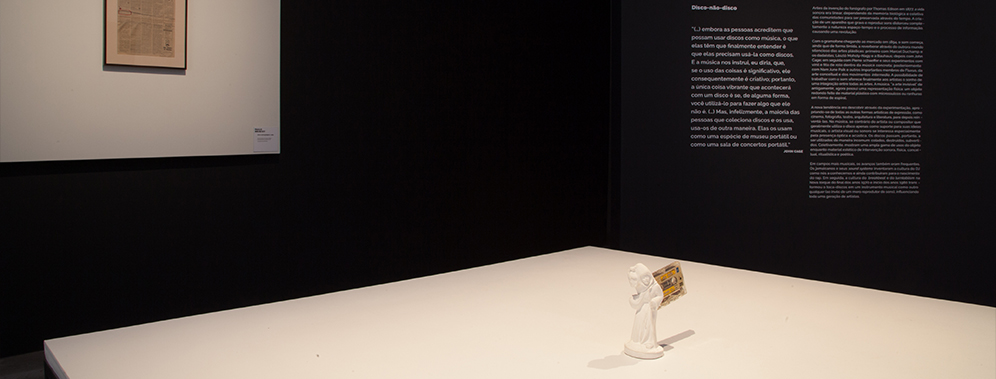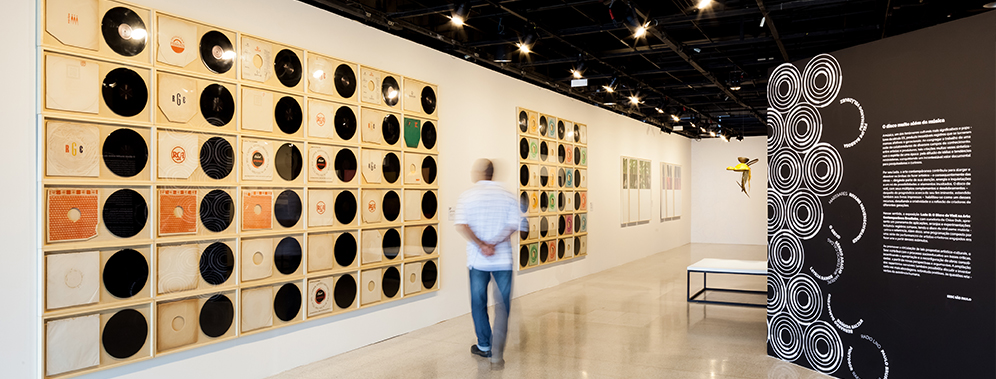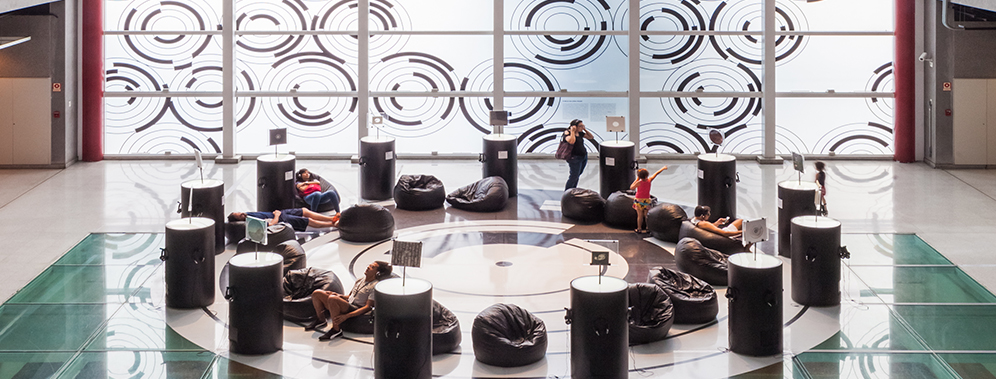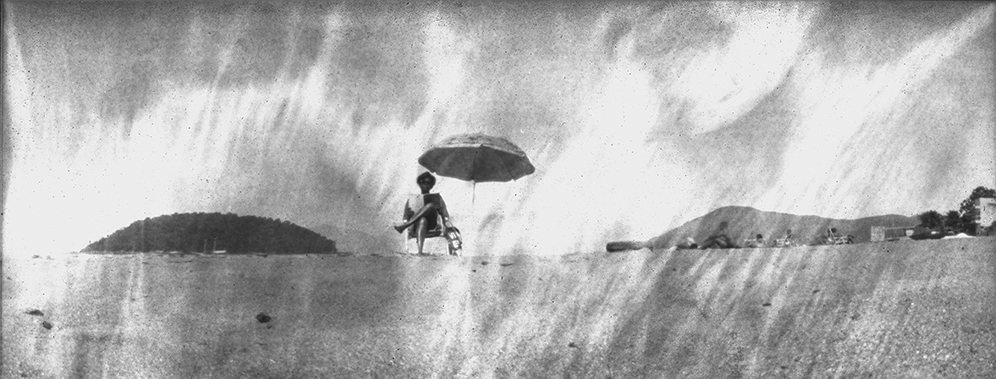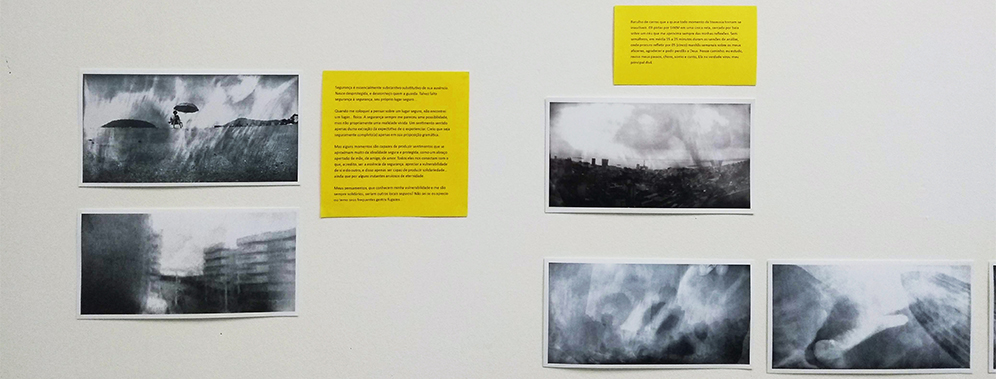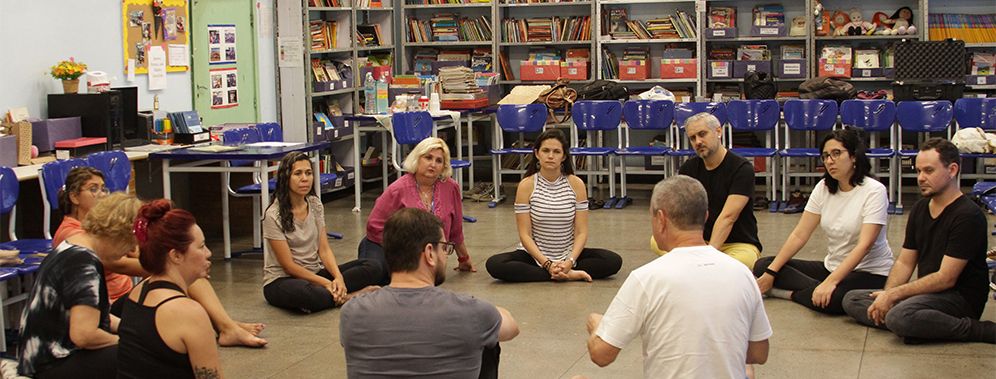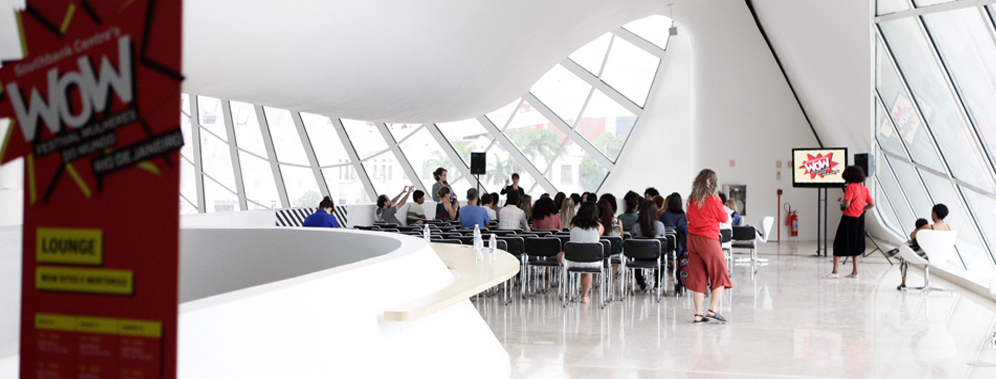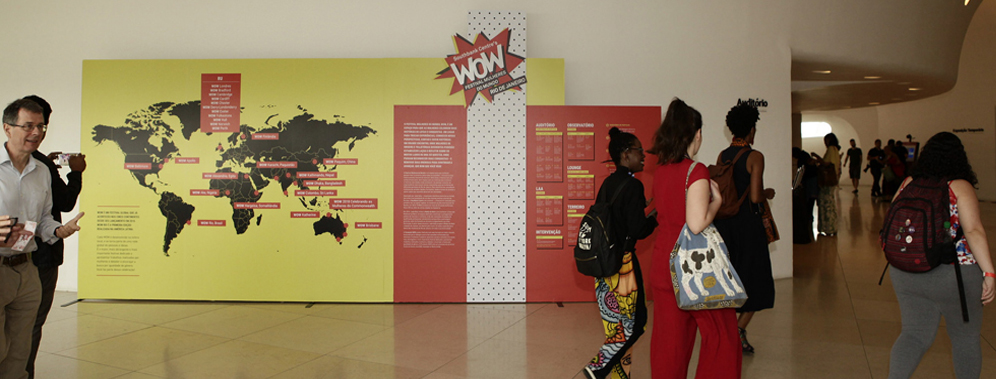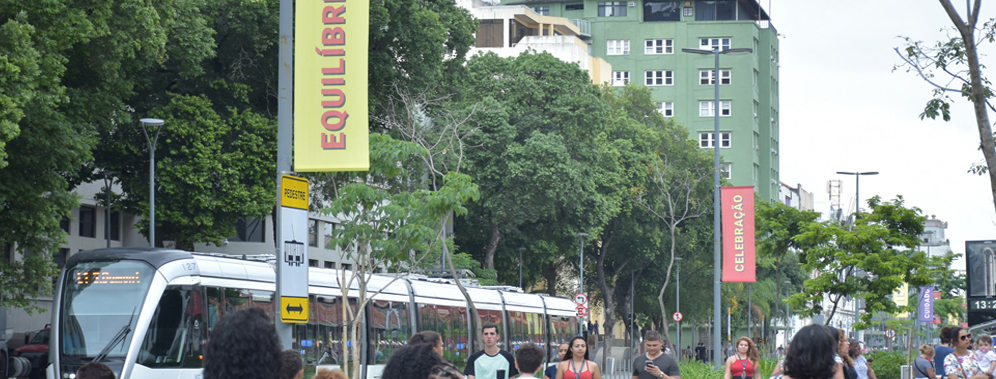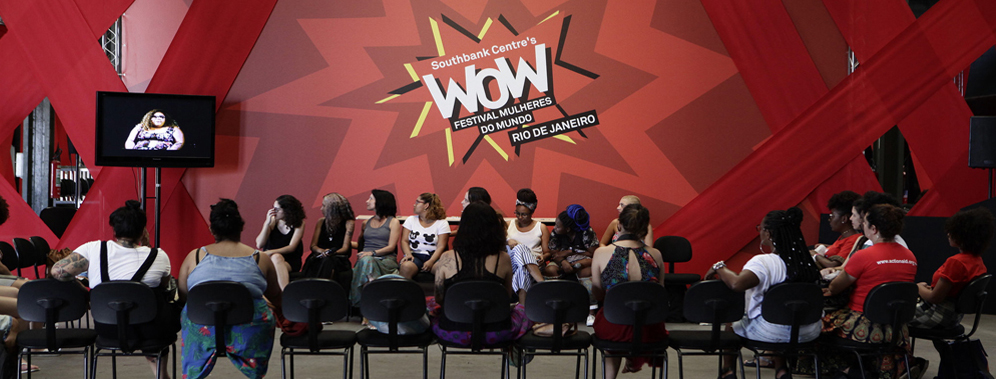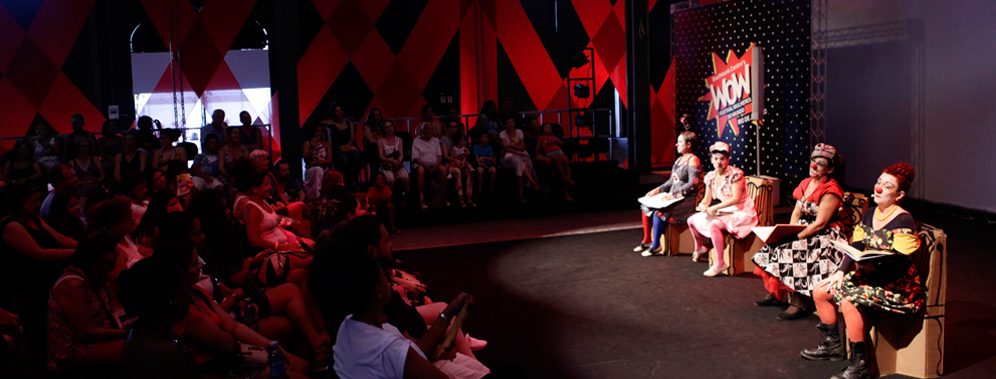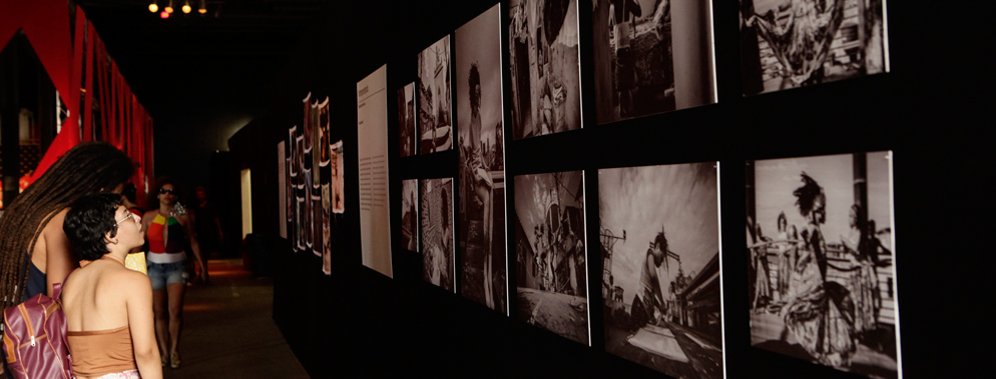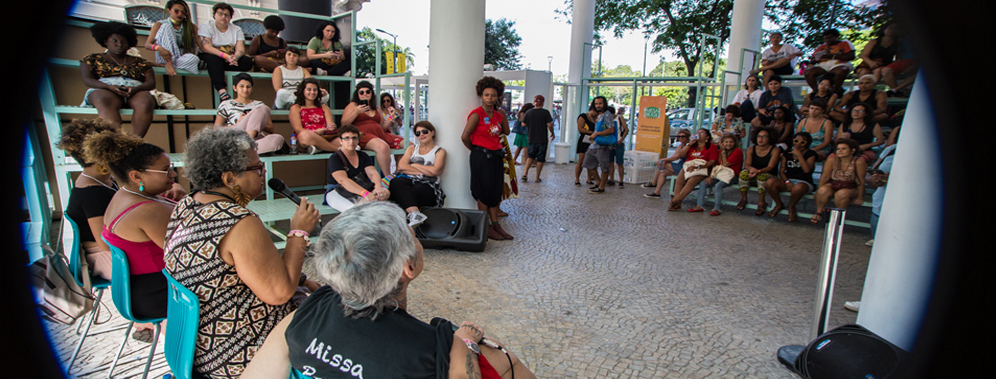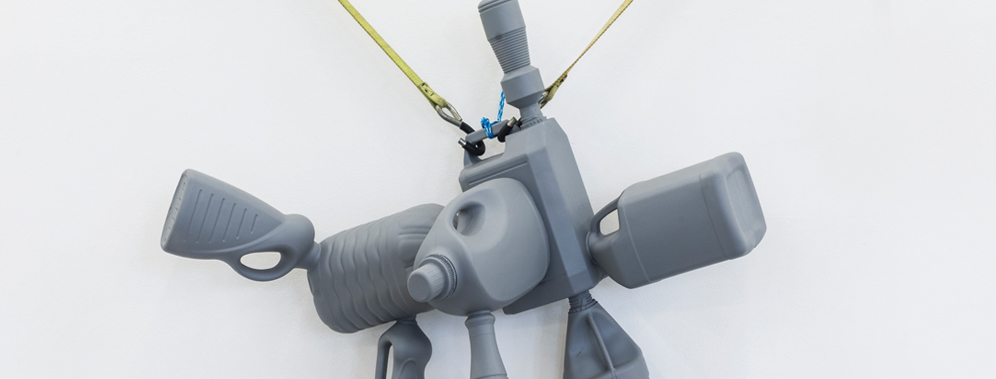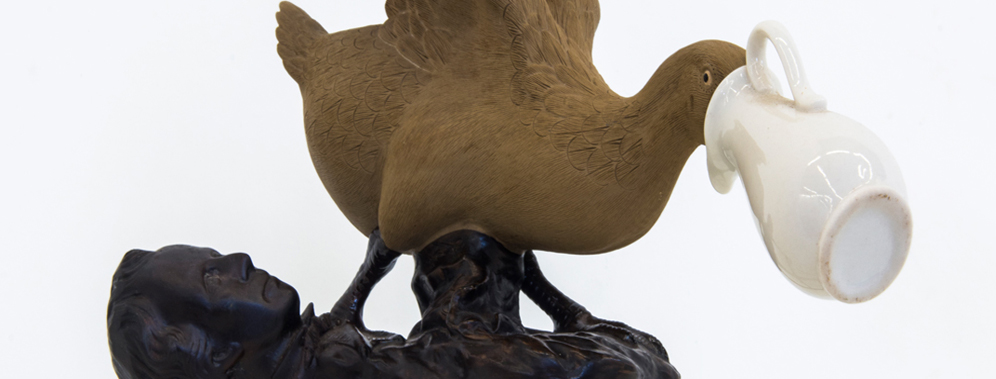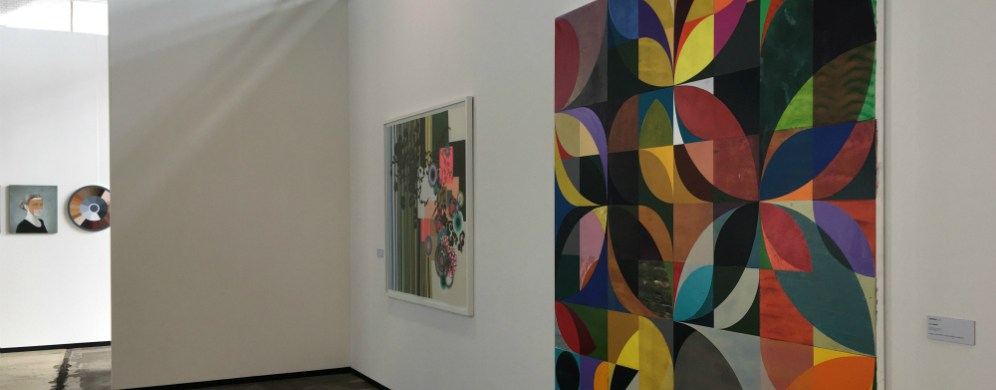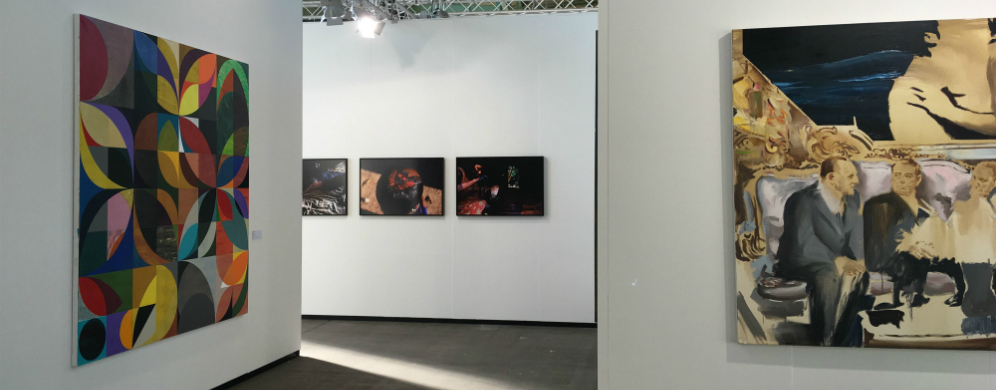Title of the project
Relicto
Venue
Beco do Pinto e Casa da Imagem
Address
Rua Roberto Simonsen, 136-B, Sé, São Paulo-SP
Visit
10/10/2020 – 06/14/2021
Opening Hours
Daily, except Mondays from 09:00 a.m. to 5:00 p.m
Museums Department
- Museu da Cidade de São Paulo
- Marcos Cartum
Concept
Fernando Limberger
Technical Management
- Gabriela Rios
- Monica Caldiron
Organization
- Núcleo de Curadoria
- Felipe Garofalo, Gabriela Rios, Henrique Siqueira (Coordenador), Monica Caldiron, Sofia Castilhos e Paula Braggion (estagiária)
Production
Automatica Produção Contemporânea
- Luiza Mello
- Marisa S. Mello
- Mariana Schincariol de Mello
Production assistants
- Ana Pimenta
- Clarice Rosadas
Text
Guilherme Wisnik
Photo
Everton Ballardin
Visual identity
Monique Schenkels
Technical architect
Alecsander Gonçalves
Assistant Retomada
Rafael Ribeiro
Conception wooden stool
marcenaria quiari
Assembly
- Abenilson Nunes
- Adriano Rodrigues Paiva
- Marcelo Santos de Brito
- Neildo Martins de Oliveira
- Gabriel Santos Oliveira
- Zenildo Martins de Oliveira
Educational team
- Núcleo Educativo – Nádia Bosquê (Supervisora) e Natália Godinho
- Programa Jovem Monitor Cultural – Luan Rodrigues da Silva e Natália Domingues Santana
Museology and collections
- Brenda Alves Marques, João de Pontes Junior, Mariza Melo Moraes, Maurício Rafael (Supervisor), Shirley Silva, Sílvia Shimada Borges, Ivan Rezende (estagiário)
Administration
- Eliane Aparecida de Oliveira, Fernando Luiz de Camargo, George Paulo de Oliveira e Marfísia Lancellotti
Services
- Equipe Programa educativo – Arteducação Produções – AEP
- Equipe Segurança – MRS Segurança e Vigilância Patrimonial Ltda
- Equipe Limpeza – Paineiras Limpeza e Serviços Gerais Ltda
- Equipe Manutenção predial – MRO Serviços Eireli
Thank you
- Equipe do herbário municipal DPHM-4/SVMA/CGPABI
- Eraldo Alves da Silva
- José Rubens Pirani
- Luci Kimie Okino Silva
- Lucia Lohmann
- Ricardo José Francischetti Garcia
- Yone K. F. Hein
“The relicto is, thus, a survivor. Something that remained amidst strange bodies. Perhaps it is a very appropriate metaphor for the situation of anyone today, in Brazil, who can still see some value in culture and in nature.” Guilherme Wisnik.
The exhibition Relicto concepted by the artist and landscape designer Fernando Limberger comprises three installations placed in Beco do Pinto and Casa da Imagem, spaces of the Museum of the City of São Paulo. Cinzas (Grey), Verde Infinito (Infinity Green), and Retomada (Recovered) dialogue with concepts which refer to landscape and time – past, present and future – from views and perspectives based on the contemporary.
In Cinzas, the artist shows a temporary site-specific consisting of nine “windows” in the form of plant beds into which he dumped a wide variety of urban materials – all of them gray – in an indiscernible jumble that mixes proto-construction with the rubble and debris of a city undergoing a contínuos process of demolition.
Verde infinito is a sculpture of ceramic vases painted green, rising skyward in a movement of vertical ascension, crowned by an ipê tree seeding.
In Retomada, time is treated in a concrete way: within the area of the Casa da Imagem’s garden, in a plant bed, various species have been planted and will grow for a period of five years. A wooden stool created by quiari follows the garden composition.
The exhibition text was written by the architect Guilherme Wisnik. Download the pdf here.
TITLE OF THE PROJECT
Travessias 6 – Colaborações (Collaborations)
VISIT
From July 14, 2020
PLATFORM
Artists
- A Noiva
- Rato Branko
- Rato Preto
- Trovoa
- Ventura Profana
Curators
- Keyna Eleison
- Luiza Mello
Realization
- Observatório de Favelas/Galpão Bela Maré
- Automatica
Production
Automatica
- Luiza Mello
- Mariana Shincariol de Mello
- Marisa S. Mello
Audiovisuals directed by
RIACHO/Alucinação Filmes
Video Home System
Leonardo Rodrigues
Soundtrack
Ramon Silva
Translation in Brazilian Portuguese sign language (LIBRAS)
- Davi Vasconcelos
- Erica Cristina
- Pablo Amorim
Graphic design
Quinta-feira
Website development, technology and content
[:koshtech] Soluções e Tecnológicas
- Fernando Kosh
- Jessica Bertoni
Photos
- Davi Marcos
- Douglas Lopes
- Eduardo Magalhães
- Fabio Caffé
- Gabi Carrera
- Marcia Farias
Thank you
- Daniela Labra
- Luisa Duarte
- Marcos Chaves
- Pedro Évora
In its sixth edition, due to the COVID-19 pandemic, the project Travessias takes place online on the platform www.travessias.org.br. Inspired by the theme Collaborations, artists and collectives virtually showed their works: A Noiva, Rato BranKo, Rato Preto, Trovoa and Ventura Profana. The exhibition is curated by Keyna Eleison and Luiza Mello.
Writer, researcher teacher at Escola de Artes Visuais do Parque Lage, Keyna Eleison talks about the challenges of holding an exhibition online. “We face the possibility of not stopping for distance. Understand the possibilities and learn in the context of self-inventions. We are not a revolution if we don’t embrace the possibility of making mistakes and going back and moving on.”.
Luiza Mello remembers the history of the project and how much the concept of collaborations has always been present. “The realization of Travessias over so many years was only possible through the collaboration of people and organizations that believe in the central role of art in expanding the existential possibilities of multiple social groups. The sixth edition refers both to collective experiences and to the meeting between artists and visitors of the Galpão Bela Maré.”.
During the exhibition, each week was dedicated to the work of one of the invited collectives. In the closing week, a conversation was held with the graphic designer of all editions of the project and with Galpão Bela Maré’s educational team. The virtual exhibition posted new artworks until August 29 and remains on the website. All programming is free.
Visit: travessias.org.br
Title of the project
The names we give to the things
Where
Galpão BELA Maré
Address
Rua Bittencourt Sampaio, 169, Maré
Visit
12/14/2019 – 02/01/2020
Artists
- Agrade Camíz
- Alex Reis
- Anderson Barreto
- Andressa Núbia
- Arcasi
- Aya Ibeji
- Beatriz Brito
- Christine Jones
- Cruz
- Gabrielle dos Santos
- Guilhermina Augusti
- Irmãos Brasil
- Jade Maria Zimbra
- Mulambö
- Kamila Camillo
- Lucas Assumpção
- Lucas Araújo
- Lucas Ururah
- Manaíra Carneiro
- Nzaje
- Rack
- Rainha F.
- Ramon SIlva
- Talita Nascimento
- Thiago Saraiva
Organization and Production
- Automatica
- Observatório de Favelas | Galpão Bela Maré
Content
Marisa Mello
Graphic design
Quinta-feira
Text review
Duda Costa
Audiovisual and light design
Boca do Trombone
Assemblage
- Los Montadores
- Thiago Hortala
- Felipe Bardy
- Brenno Castro
Video
- Alucinação Filmes
- Samuel Fortunato
The main aim of Galpão Bela Maré is to establish a forum for dialogue, training, and the dissemination and enjoyment of art in all its forms, especially visual art, in concert with local political thinking and action. It thereby seeks to provide a basis for understanding of these modes of expression as powerful tools for reshaping life and defending full democratic rights.
Conceived as an experiment in art education, ELÃ – The Free School of the Arts, through its call for researchers working with a variety of media and supports and from a wide-ranging diversity of backgrounds regarding gender, sexuality, race, ethnicity and geographical location, aims to reflect on a discursive framework of terms and training practices that defines the way artists think and create in the broadest possible sense.
The group exhibition The Names We Give to the Things is one product of this training process and forms part of the annual Bela Verão Program, which, since 2018, has provided a space for artists located in marginalized and underprivileged areas, thereby establishing a presence and artistic engagement in these fields.
The visual discoveries of the artists spurred to action in this time and space investigate the meanings produced by words that name artistic acts and processes, such as school, visual arts, artist, artwork, exhibition, and others, especially the uniqueness these artists carry in their life-stories, bodies, materiality, concepts and agency.
The exhibition space incorporates and imposes the drives and voices of these bodies in aesthetic modes that adopt strategies and tactics of a visual nature to deal with the material and the immaterial, along with other visual languages and forms of identity used to confront the pitfalls and challenges of being an artist in the contemporary world.
TITLE OF THE PROJECT
Luiz Zerbini – Trees
WHERE
Fondation Cartier pour l’art contemporain
ADDRESS
261, Boulevard Raspail 75014 Paris
VISITATION
07/12/2019 – 11/10/2019
CURATORS
- Bruce Albert
- Hervé Chandès
- Isabelle Gaudefroy
ASSOCIATE CURATORS
- Hélène Kelmachter
- Marie Perennes
PROJECT COORDINATOR
Juliette Lecorne
LUIZ ZERBINI INSTALLATION
PRODUCTION COORDINATOR
Luiza Mello (Automatica)
ASSEMBLAGE
Ruan Ornellas
STUDIO PRODUCTION
Ana Luiza Fonseca
Arthur Moura
Juliana Ribeiro Wähner
IMAGE PROCESSING AND AMBIANCE
Dínamo
PRESS RELATIONS
Matthieu Simonnet
PHOTOS
Thibault Voisin
Bringing together a community of artists, botanists, and philosophers, the Fondation Cartier pour l’art contemporain echoes the latest scientific research that sheds new light on trees. Organized around several large ensembles of works, the exhibition. Trees gives voice to numerous figures who, through their aesthetic or scientific journey, have developed a strong, intimate link with trees, thereby revealing the beauty and biological wealth of these great protagonists of the living world, threatened today with large-scale deforestation.
Underestimated by biology for a long time, trees—like the entirety of the plant kingdom—have been the subject of scientific discoveries in recent years that have allowed us to see the oldest members of our community of living beings* in a new light. Boasting sensory and memory capacities, as well as communication skills, existing in symbiosis with other species and exerting a climatic influence, trees are equipped with unexpected faculties whose discovery has given way to the fascinating hypothesis of “plant intelligence,” which could be the answer to many of today’s environmental problems. In resonance with this “plant revolution,” the exhibition Trees merges the ideas of artists and researchers, thus prolonging the exploration of ecological issues and the question of humans’ relationship to nature.
Featuring drawings, paintings, photographs, films, and installations by artists from Latin America, Europe, the United States, Iran, and from indigenous communities such as the Nivaclé and Guaraní from Gran Chaco, Paraguay, as well as the Yanomami Indians who live in the heart of the Amazonian forest, the exhibit, punctuated by several large ensembles, explores three narrative threads. Firstly, our knowledge of trees—from botany to new plant biology—; secondly, aesthetics—from naturalistic contemplation to dreamlike transposition—; and lastly, trees’ current devastation recounted via documentary observations and pictorial testimonies.
Orchestrated with anthropologist Bruce Albert, who has accompanied the Fondation Cartier’s inquisitive exploration of such themes since the exhibition Yanomami, Spirit of the Forest (2003), the project revolves around a number of individuals who have developed a unique relationship with trees, whether intellectual, scientific or aesthetic.
Guided more by the aesthetics of an intuitive collection than by a search for scientific rigor, Brazilian artist Luiz Zerbini, on the other hand, composes lush landscapes, organizing the imaginary meeting of trees, borrowed from tropical botanical gardens, and the markers of urban modernity.
See more at: https://www.fondationcartier.com/en/exhibitions/nous-les-arbres
TITLE OF THE PROJECT
Adriana Varejão – por uma retórica canibal. Itinerância: Recife
WHERE
Museu de Arte Moderna Aloisio Magalhães / MAMAM
ADDRESS
Rua da Aurora, 265. Recife- PE
VISITATION
29/06/2019 – 08/09/2019
ARTIST
Adriana Varejão
CURATOR
Luisa Duarte
ASSISTANT CURATOR
Pollyana Quintella
SPONSORSHIP
Galeria Almeida e Dale
PRODUCTION
- Automatica
- Luiza Mello
- Mariana Shincariol de Mello
- Marisa S. Mello
ARTIST’S ATELIE PRODUCTION
Cecilia Fortes
LOCAL PRODUCTION
Adah Lisboa
EXPOGRAPHY PROJECT
- Álvaro Razuk
- Daniel Winnik
- Ligia Zilbersztejn
- Victor Delaqua
EXECUCTION OF THE EXPOGRAPHY PROJECT
Art.monta Design
CONSERVATION
- Denise Guiglemeti
- Helô Biancalana
- Rosangela Reis Costa
- Rita Torquete Tilhaque
LIGHT DESIGN
- Belight
- Samuel Betts
MULTIMEDIA
Maxi Audio
GRAPHIC PROJECT
Bloco Gráfico
SUPPORT FOR EDUCATIONAL ACTIONS
- Colchete Projetos Culturais
- Auana Diniz
PRESS RELATIONS
- Coros Comunicação
- Mariana Oliveira
- Jullie Dutra
- Romero Rafael
PUBLIC RELATIONS
Coreto Comunicação e Conteúdo
Dani Gusmão
PROOFREADING
Duda Costa
ENGLISH TRANSLATION
John Norman
TRANSPORT
Alves Tegam
INSURANCE
- Foco Art Seguros
- AXA Corporate Solutions
- Marcelo Cruz
THE ARTIST IS REPRESENTED BY THE GALLERIES
- Fortes D’Aloia & Gabriel
- Gagosian
- Victoria Miro
THANK YOU
- Andrea e Guy Dellal
- Daniela Crespi de Camaret
- Fundação Marcos Amaro
- Galeria Fortes D’Aloia & Gabriel
- Guilherme Moreira Teixeira
- Hecilda Fadel
- Jones Bergamin
- Jorge Guinle
- Laurita Weege
- Lucia Costa
- Mara e Márcio Fainziliber
- Marcia Fortes
- Maria Tereza de Lara Campos
- Marisa Monte
- Marta Fadel
- Pedro Buarque de Hollanda
- Rosa e Alfredo Setubal
- Têra Queiroz
The show Adriana Varejão – por uma retórica canibal (Adriana Varejão – for a cannibal rhetoric), held in Salvador between April and June 2019, was transferred beyond the Rio-São Paulo axis to the Aloisio Magalhães Museum of Modern Art (MAMAM), in the capital of Pernambuco. Under the curatorship of Luisa Duarte, the show forms part of a project intended to decentralize access to the major works of the Rio-born (Carioca) artist, showing 25 productions from her over 30-year career, produced between 1992 and 2018. This is a significant collection of her work, which includes seminal pieces such as Mapa de Lopo Homem II (1992-2004), Quadro Ferido (1992) and Proposta para uma Catequese, Parts I and II (1993).
The curatorial selection for the exhibition, which reveals different phases of the artist’s work in order to bring a representative sample of her work to Recife for the first time, seeks to highlight how, long before post-colonial studies were at the center of the contemporary art debate, Adriana Varejão was already producing research focused precisely on a historical reassessment of colonialism. The questions raised by the artist find an echo in the colonial history of Pernambuco, marked by its strong vocation for, and tradition of, the monocultural cultivation of sugarcane during this period, the presence of the Dutch and the dispute over land, and the insurgent uprisings against Portugal.
TITLE OF THE PROJECT
Adriana Varejão – for a cannibal rhetoric. Itinerary: Salvador
WHERE
Bahia Museum of Modern Art (MAM BA)
ADDRESS
Avenida do Contorno, s/n – Comercio, Salvador – BA, 40060-075, Brasil
VISITATION
04/16/2019 – 06/16/2019
ARTIST
Adriana Varejão
CURATOR
Luisa Duarte
ASSISTANT CURATOR
Pollyana Quintella
Sponsorship
Galeria Almeida e Dale
PRODUCTION
Automatica
Luiza Mello
Mariana Shincariol de Mello
Marisa S. Mello
Artist’s atelie production
Cecilia Fortes
Local production
Luisa Hardman
EXPOGRAPHY PROJECT
Álvaro Razuk
Daniel Winnik
Ligia Zilbersztejn
Victor Delaqua
EXECUCTION OF THE EXPOGRAPHY PROJECT
RCD Produção de Arte
Ricardo Cavalcanti
Cenotechnician leader
Adriano Passos
Cenotechnician
Fábio Santos
Clasio Vieira
Bruno Matos
George Santana
Romildo Alves
Painter
Ademir Ferreira
CONSERVATION
Denise Guiglemeti
Helô Biancalana
Rosangela Reis Costa
Rita Torquete Tilhaque
LIGHT DESIGN
Belight
Samuel Betts
MULTIMEDIA
Maxi Audio
GRAPHIC PROJECT
Bloco Gráfico
Support for educational actions
Colchete Projetos Culturais
Auana Diniz
MONITORS
Andréia de Jesus
Consuelo Moraes
Thiago Callefi
Felipe Brito
Fernanda Alcino
Milene Moura
Rafaela Pinto
Press relations
Marca Texto
Paula Berbert
PROOFREADING
Duda Costa
English translation
John Norman
The artist is represented by the galleries
Fortes D’Aloia & Gabriel
Gagosian
Victoria Miro
Thank you
Ayrson Heráclito
Coleção Fadel
Daniela Crespi de Camaret
Fundação Marcos Amaro
Galeria Fortes D’Aloia & Gabriel
Galeria Paulo Darzé
Guilherme Moreira Teixeira
Maguy e Jean-Marc Etlin
Jones Bergamin
Jorge Guinle
Lilia e Luiz Schwarcz
Mara e Márcio Fainziliber
Marcia Fortes
Maria Tereza de Lara Campos
Marisa Monte
Marta Fadel
Paulo Darzé
Pedro Buarque de Hollanda
Rosa e Alfredo Setubal
Thais Darzé
The exhibition Adriana Varejão – for a cannibal rhetoric, curated by Luisa Duarte, brings together twenty works from different phases of the artist’s career, the common thread being the subversion effected by her relation to the far-off tradition of the baroque. We are aware that rhetoric is a recurrent strategy in the style of the 17th century and a procedure that aims to persuade. This method produced sumptuous discourse and works of art to promote the Christian narrative and the European colonial project. By contrast, Varejão’s cannibal rhetoric, presents itself as a counter-program, a counter-catechism, a counter-conquest. It breaks with modern Western patterns of thought and action in favor of local know-how—the legacy of anthropophagy.
It is no accident that we begin the itinerary of this exhibition at MAM Salvador. The capital of Bahia is home to much that inspires the work of Adriana Varejão. If one were looking for a place to develop a critique of colonization in Brazil and the possibility of coming up with a program to counter our history, that place would be Salvador. We thus have the rare opportunity to bring together work whose principal themes are counter-conquest and de-Westernization and the Brazilian city in which such a political/poetic program is most likely to flourish.
Title of the project
B-Side: the vinyl disc in contemporary Brazilian art
Where
Sesc Belenzinho
Address
Rua Padre Adelino, 1000 – Belenzinho, São Paulo – SP, 03303-000
Visitation
04/25/2019 – 06/30/2019
ARTISTS
Alan Adi
André Damião
Antonio Dias
Barrão
Brígida Baltar
Bernardo Damasceno
Cao Guimarães
Cildo Meireles
Chelpa Ferro
Chiara Banfi
Daniel Frota
Dora Longo Bahia
Fabio Morais
Felipe Barbosa
Fernando Velázquez
Gustavo Torres
Hugo Frasa
Letícia Ramos
Marepe
Marssares
O Grivo
Paulo Bruscky
Pontogor
Rádio Lixo
Rafael Adorján
Rivane Neuenschwander
Romy Pocztaruk
Thiago Salas
Thomas Jeferson
Vivian Caccuri
Walter Smetak
Waltercio Caldas
Waltercio Caldas and Sérgio Araújo
Wagner Malta Tavares
Xico Chaves
CURATOR
Chico Dub
PRODUCTION
Automatica
Luiza Mello
Mariana Shincariol de Mello
Marisa S. Mello
Geane Lino
Paulino Costa Neto
PRODUCTION ASSISTANT
Ayla Gomes
Production intern
Ana Pimenta
Local production
Júlia Brandão
EXPOGRAPHY PROJECT
Chalabi Arquitetos
Eduardo Chalabi
Paula Zemel
DESIGN
Dínamo Design
Alexsandro Souza
LIGHT DESIGN
Fernanda Carvalho
LIGHT DESIGN ASSISTANT
Luana Alves
INSTALLATION TEAM
SuperArte Produtora
PROOFREADING
Duda Costa
EDUCATION ACTIONS COORDINATOR
Auana Diniz
The exhibition B-side: the vinyl disc in Brazilian contemporary art, curated by Chico Dub, presents a variety of applications, arrangements and experimentations, including sound recordings, that use the vinyl disc as material or source of inspiration. The program also includes a series of performances by artist-creators who produce this kind of art.
The group exhibition B-side: the vinyl disc in Brazilian contemporary art covers a wide range of Brazilian art that takes the vinyl disc and record player as the point of departure for research and experimentation. Filling SESC Belenzinho’s entire storage area, exhibition space and atrium, the show presents the visitor with a wide variety of Brazilian artworks–interactive sound installations, paintings, sculptures, conceptual discs, videos, photographs, sound manipulations and instrument-objects – which, in various ways, creatively reconfigure the original forms and functions of devices associated with vinyl. B-side brings together works that explore the disc as object and concept, covering not only (re)production equipment but also debates regarding current technological developments.
Title of the project
Instituto República Public Sector Artist in Residence 2018-2019
VENUE
Municipal Department of Education (Rio de Janeiro)
State Department of Public Security –Under-Secretary for Education, Personal Development and Prevention (Rio de Janeiro)
SEASON
January 2018 – July 2019
ARTISTS
CADU
Tatiana Altberg
REALIZATION
Instituto República
Automatica
RASP-IR is a residence program that envisages immersing two artists for a year in public institutions in Brazil to create processes and/or objects in collaboration with staff.
RASP-IR is compatible with the Instituto República’s aim of investing through art in the personal development and training of government employees.
The specific objectives are: to identify and promote ways in which the arts can collaborate with the public sector to draw attention to their value and importance and change the way society sees them; to establish dialogue between artists, projects and people in the public sector by way of an open process; to set up social engagement projects; to develop projects that form ties with groups of public sector workers that have an impact on their work dynamics and everyday lives.
The proposals should be participatory, involving projects and employees from public institution partners.
In its first edition [2018-2019], RASP-IR invited two artists to work in public institutions partnering with the Instituto República in Rio de Janeiro. CADU worked with the Municipal Department of Education and Tatiana Altberg with the State Department of Public Security – Under-Secretary for Education, Personal Development and Prevention.
TITLE OF THE PROJECT
Festival Mulheres do Mundo
WHERE
Praça Mauá
ADDRESS
Praça Mauá, s/n – Centro, Rio de Janeiro
VISITATION
11/16/2018 – 11/18/2018
DIRECTORS
Jude Kelly
Eliana Sousa Silva
PRODUCTION
Automatica
Leve Produções
COMUNICATION
- Daniele Moura
Filipe Mendonça - Douglas Lopes
- Jessica Pires
- Eliane Salles
- Hélio Euclides
- Maria Morganti
WOMEN IN THE ARTS & CULTURE
- Geisa Lino
- Mariana Beltrão
WOMEN IN DIALOGUES
- Renata Peppl
- Marisa S. Mello
- Mariana Schincariol de Mello
- Luiza Mello
- Maíra Gabriel
- Ayla Gomes
- Gabrielle Moreira
- Ana Pimenta
WOMEN ENTREPRENEURS
- Shirley Vilela
- Adriana Barbosa
WOMEN IN ACTIVISM
- Luisa Hardman
- Inês Di Mari
WEBSITE
Pixfolio
PARTNERS
- Action Aid
- Ashoka
- British Council
- Canal Futura
- Consulado da França
- Consulado dos Estados Unidos da América
- DPZ&T
- Fábula
- Feira Preta
- Fundação Ford
- Fundação Itaú Social
- Fundação Roberto Marinho
- Fundo Elas
- Instituto C&A
- Instituto Promundo
- Instituto Unibanco
- Museu de Arte do Rio (MAR)
- Museu do Amanhã
- Observatório de Favelas
- Olabi
- ONU Mulheres
- People’s Palace Projects
- Píer Mauá
- Prefeitura da Cidade do Rio de janeiro
- Plano Feminino
- Sebrae
- Secretaria Municipal de Cultura
- SESC Nacional
- SESC RJ
- TV Globo
- Womanity
Redes da Maré, the Southbank Centre and the British Council came together to organize the Women of the World Festival – Rio de Janeiro, the first edition of the Women of the World Festival (WOW) in Latin America, which took place between November 16 and 18 at the Museum of Tomorrow, the Museum of Art of Rio and Armazém 01 – Píer Mauá, at Praça Mauá.
Automatica was responsible for producing the event Women in Dialogue, which was intended to stimulate, document and disseminate reflections on the stories of women from different fields of knowledge, celebrating their achievements and highlighting the challenges that still form part of their lives. The program was devised through collective curatorship which included the staging of six Reflection Groups in different regions of Rio de Janeiro, between November 2017 and September 2018. This content was systematized and resulted in eighty activities, divided into the following formats: Shared Territories, Conversation Circles, Forums of Experience, Exchanges of Experience, WOW Bites: sharing stories, Workshops and Mentorships: lives in connection – the latter with Luiza Mello as one of the guest participants.
The global movement launched by the British director and producer Jude Kelly, in 2010 has already taken place in 23 countries of Europe, Asia and Africa, as well as several cities in England. WOW is the largest, most comprehensive and most important festival dedicated to presenting work produced by women, debating and promoting the search for gender equality.
TITLE OF THE PROJECT
Mufa Caos
WHERE
Arte Clube Jacaranda
ADDRESS
Ladeira da Glória, 26 – Glória, Rio de Janeiro – RJ
VISITATION
28/09/2018 – 25/11/2018
Artist
Barrão
Curatorship
Luiza Mello
Production
Jacaranda
Mufa Caos is a collection of works produced by the artist, Barrão, over the last three years. Comprising 34 works, including multi-coloured ceramic sculptures and monochromatic resin pieces, this series of watercolours and sculptural objects has been brought together for the first time to illustrate the complexity and subtlety of his artistic practice, which began in the 1980s. “Mufa Caos is chaotic thought and organization, technique and improvisation; it is irony and seriousness, heart and mind; it is you and I in the fantastical universe of Barrão”, explains the curator of the exhibition, Luiza Mello.
There is no hierarchical or chronological logic to the construction of the works on display or in relation to the elements that compose it: a ceramic potato acquired from a street vendor is given no less prominence than a piece bought in an antiques shop.
This approach, adopted by the artist in his studio, dissolves hierarchy in a time of simultaneousness. While he waits for the ceramic pieces to dry, and which take longer to make, for example, the artist works on watercolours. During the preparation of a mould for a resin piece, he explores the materials which might form a new sculpture. These are the continuous experimental exercises that follow a method, both rigorous and subversive, which are on display in Mufa Caos.
TITLE OF THE PROJECT
Recortes da Arte Contemporânea Brasileira
WHERE
Tempelhof Airport
ADDRESS
Tempelhofer Damm 45
10963 Berlin
Germany
VISITATION
09/27/2018 – 09/30/2018
Artists
Adriana Varejão
Arjan Martins
Beatriz Milhazes
Daniel Lannes
Eduardo Sued
Luiz Zerbini
Maxwell Alexandre
Miguel Rio Branco
Otavio Shipper
Curators
Paulo Herkenhoff e Luiza Mello
The exhibition Cuttings from Contemporary Brazilian Art brings together visual artists from different generations, grouped around the themes of Afro-Rio, Colour and History/Knowledge.
Afro-Rio is characterized by works that address aspects of European colonization and African inheritance in Carioca culture, produced by the artists Arjan Martins, Maxwell Alexandre and Adriana Varejão.
Historically, in Brazil, it has always been possible to observe a vast diversity of chromatic projects which operate in the political and sensitive fields. Colour appears as a founding element in the works of the four artists selected: Beatriz Milhazes, Eduardo Sued, Luiz Zerbini and Miguel Rio Branco.
In History/Knowledge, the artists Otavio Schipper and Daniel Lannes place art, knowledge and history in dialogue with each other, using different approaches.
The three centres of the show were organized with the intention of stimulating readings and reflections on aspects of Brazilian art together with the audience of Art Berlin.
The curators are Paulo Herkenhoff and Luiza Mello.

